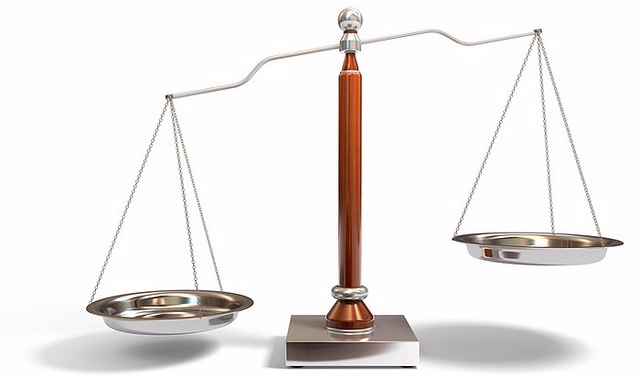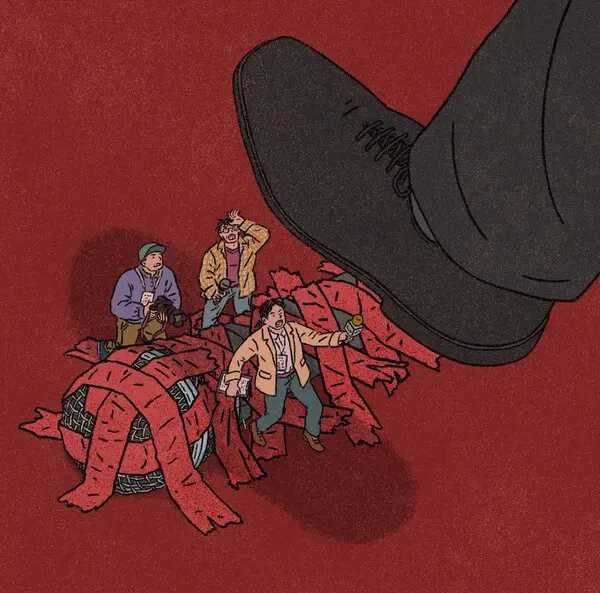
Picture this: you wake up on Sunday morning, put on your robe and slippers, step outside into the brisk weather, grab your newspaper, and read the latest news and Sunday comics while enjoying your favorite cereal. Sounds great. Now imagine that, except you wake up and decide to scroll through your phone for the news, not knowing what’s real and what’s fake. Doesn’t sound as exciting. This is what is happening in the U.S: a decline in newspaper production, which is extremely unfortunate. 
Did you know that fact checkers trust newspapers more than any other news source? Here is why they’re so reliable.Newspapers must undergo a substantial amount of fact-checking and corrections. Rogene Jacquette, a corrections editor for the New York Times, states, “The Times’s primary responsibility is to give readers accurate information, and our readers trust us to do that. By acknowledging our mistakes quickly and transparently, we build on that fundamental trust.” This quote demonstrates that The Times ’ main goal is to ensure its articles are accurate. Their readers depend on that, so if misinformation is published, it will ruin their interpretation. Here’s their process: “First, we determine if we made an error. We contact the reporters and editors involved and, if a correction is warranted, we adjust the article and add the correction.” This indicates that they have a specific process in place to ensure their information is accurate and reliable. With newspapers declining, this information isn’t spread as much. 
For the past decade, newspapers have been struggling to stay around. While the digital age has dominated recent generations and newspapers are becoming overshadowed, they continue to be a more authentic and dependable source for retaining information. According to Brookings.edu, “It’s no secret that over the past decade the digital revolution has threatened the world of print journalism as we have known it. Across the country, magazines and newspapers are struggling to stay afloat, or even closing, as they see their revenues decreasing and their traditional readership looking for news online and elsewhere.” Unfortunately, our generation often relies on the media for evidence-based information, but it may come from unreliable sources or possibly be false news. People would greatly benefit from using news articles and papers as primary sources to receive reports, due to their credibility and accuracy. However, the use of newspapers is rapidly declining and being replaced by social media reports. According to Yuyu Huang, “When it comes to relying on social media for news, it’s a mixed bag. Sure, it’s great for getting a quick glimpse of what’s happening, but for anything important — whether you’re deciding how to vote or where to invest — you have to dig deeper.” This highlights the fact that social media is not always a reliable source. Sometimes it can be, but sometimes it can’t. On the other hand, newspapers are generally a truthful and dependable source.
To conclude, the decline in newspaper production is lamentable. For years, they have provided us with dependable information and Sunday comics. Unfortunately, social media is becoming a popular source of news, but it is not always reliable. As future leaders, how will you ensure access to reliable news in a world where newspapers are disappearing?







